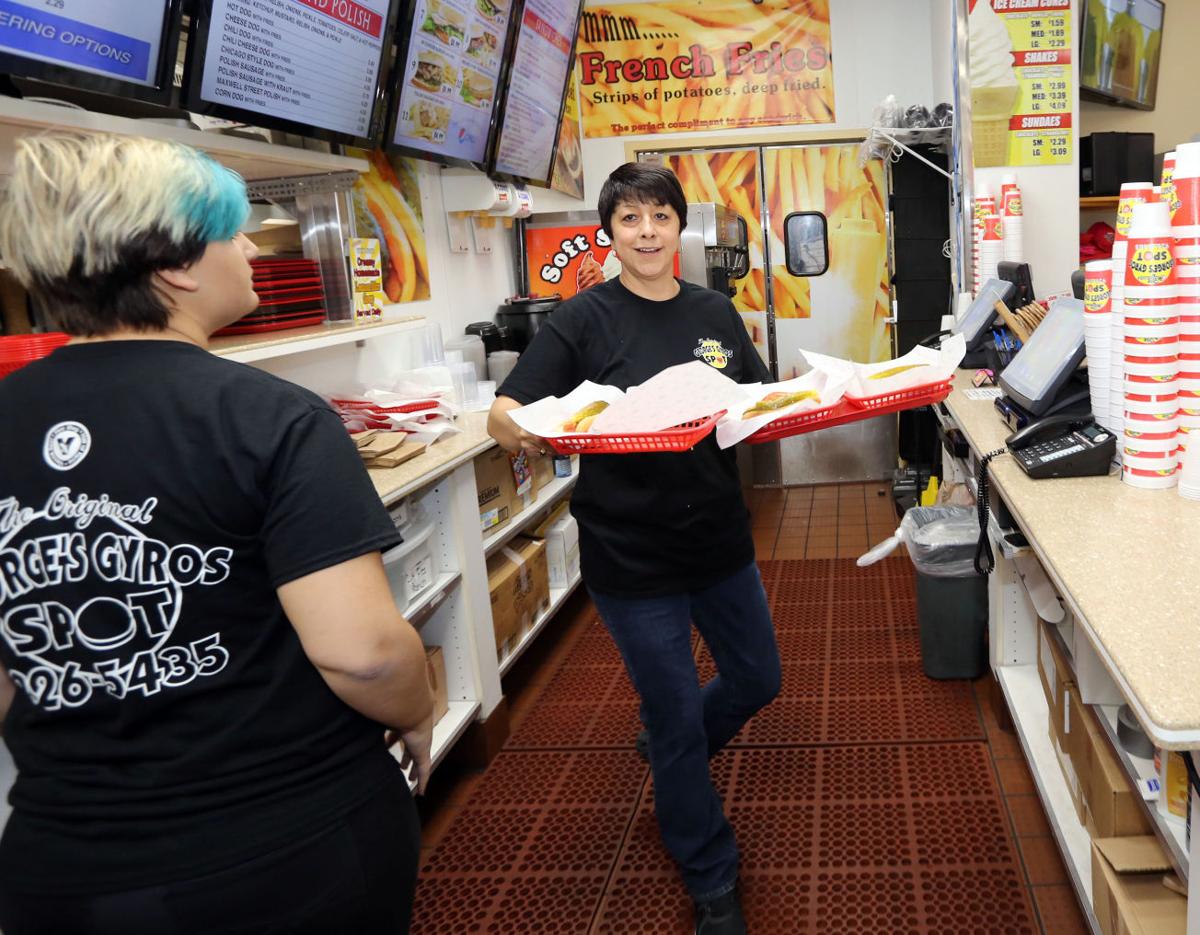The Chicago-style hot dog is a tourist attraction in itself, with most visitors scouring every corner of the Windy City for a bite of the delicious treat. However, you may be wondering what makes the Chicago Dog so special, especially for a dish commonly found throughout the country.
The preparation of a Chicago Dog is pretty simple, as it involves an all-beef hot dog, usually Vienna Beef, traditionally steamed, sometimes grilled, but never boiled. It needs a small amount of water, which the cook will bring to a boil, then a low simmer before adding the targeted number of hot dogs to the pot, which will then be cooked uncovered. Afterward, the cook places the hot dog in a poppy seed bun and loads it up with toppings, turning it into an indulgent, unforgettable treat.
What’s in a Chicago-Style Dog?
The traditional Chicago Dog has toppings of yellow mustard, green relish, tomato slices, sport peppers, chopped onions, a pickle, ketchup, and celery salt. While these toppings—which are way more than what you put on a standard hot dog—seem straightforward enough to recreate the experience at home, Chicago hot dog specialists seem to turn it into magic.
However, other traditionalists have their own take on the Chicago Dog, in which they include two wedges of tomatoes and two sports peppers. They often use green relish that is almost neon in color. Legend has it that a relish maker used some food coloring to smoothen out the uneven tones in his relish, which is why the relish used is so stark and bright in Chicago Dogs.
How Immigrants Played a Role in Creating the Chicago Dog
The city was home to some of the country’s earliest immigrants, who settled mainly from Germany, where sausages were widely consumed. Germans comprised a considerable portion of the city population to the point that they formed a fourth of the city by the turn of the 20th century. Additionally, 36 percent of the city’s butchers were German, which opened even more opportunities for them to introduce sausages to the American diet.
It seems like Chicago was destined to be known for its signature hotdog since it was famous for its meatpacking industry in those days. With the arrival of technological innovations like the steam-powered meat chopper, entrepreneurs developed sausage brands with a predisposition to all-beef variants due to Jewish immigrants. One theory suggests that in the 1920s, the Maxwell Street part of the city housed immigrants from many nations, which was the site of hot dogs that featured various toppings like mustard and pickles.
Further Development of the Chicago Dog During the Great Depression
The Great Depression also played a part in creating the Chicago Dog that we all know and love today. During this time, people wanted to get the most value for their money, especially when it came to food. For this reason, they began overloading hot dogs with vegetables to make street food more filling.
Fortunately, the Great Depression eventually ended, which saw a boom in hot dog stands. City residents started to branch out and move into the suburbs once they had saved enough money, taking their hot dog stand business with them and subsequently introducing the Chicago Dog to more people. Simply put, the rest is history.
Conclusion
The Chicago Dog has a rich background that manifests itself in its savory, plentiful ingredients. By understanding how it came to be, you can take a piece of that history with you each time you enjoy the city staple.
If you’re craving hot dogs in Valparaiso, IN, check us out at George’s Gyros Spot! We serve some of the most delicious meals around, such as gyros, Polish dogs, Chicago dogs, Italian beef, and cheeseburgers. Check out our menu today to place your order!

